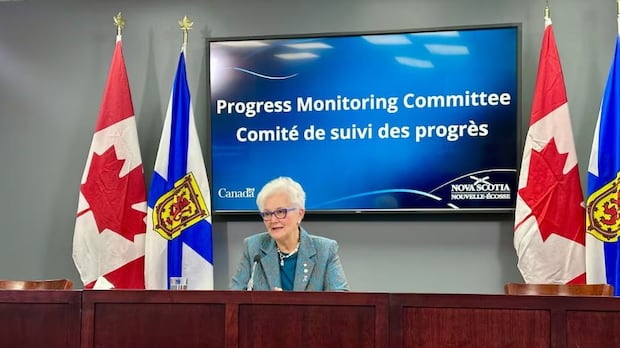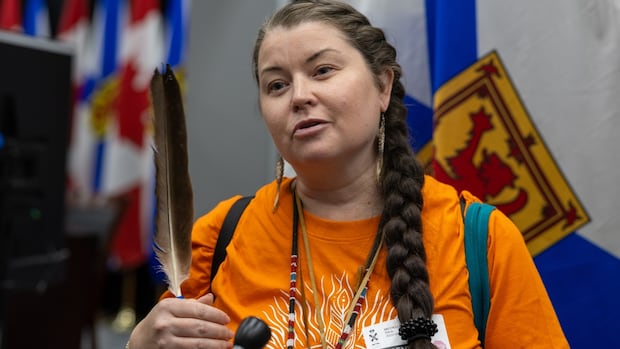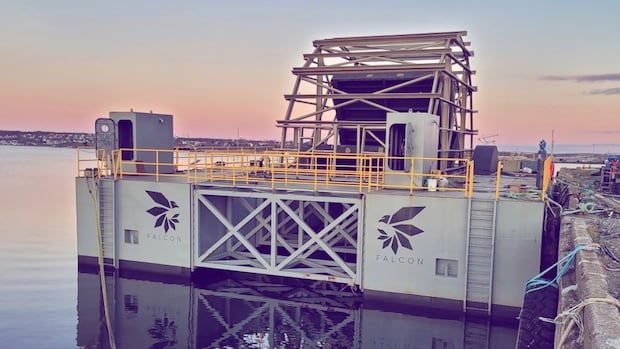Mi’kmaw investment in Nova Scotia battery plants heralded as ‘economic reconciliation’

A corporation co-owned by 13 Mi’kmaw communities is investing in new battery plants with Nova Scotia Power in what both parties are calling a step toward reconciliation.
The project, announced Thursday by Wskijinu’k Mtmo’taqnuow Agency Ltd. (WMA), is expected to draw and store electricity during off-peak periods and release it back to the grid when needed.
It is getting up to $18 million in an equity loan from the Canada Infrastructure Bank to help facilitate the partnership.
Crystal Nicholas, WMA president, says creating a greener future is a priority for Mi’kmaw First Nations, and the investment in the storage facility marks “true economic reconciliation.”
“I’m very optimistic that this will continue to open doors for the WMA to partner with a lot of other companies,” said Nicholas.
Construction of what will be the largest energy storage project in Atlantic Canada is to begin this year in White Rock, Bridgewater and Waverly, with the first site expected to be operational next year.
Peter Gregg, the president and CEO of Nova Scotia Power, said the partnership will help mitigate project costs and allow the utility to conduct meaningful work with Mi’kmaw communities.
The equity loans are part of the Canada Infrastructure Bank’s goal to invest at least $1 billion in Indigenous infrastructure by accelerating projects and providing access to capital.
Ehren Cory, CEO of the Canada Infrastructure Bank, said infrastructure is only one element in the effort to help build a more equitable future with Indigenous partners and move closer to economic reconciliation.
Having seats at the table
Economic reconciliation is a recently popularized term to describe fostering positive relationships between Indigenous peoples, industry and the government to ensure they can meaningfully participate in the economy.
“The social licence to operate is really important,” Cory said of infrastructure projects.
“And it requires full and informed consent and engagement with communities, obviously. But I think, increasingly, it’s also going to potentially include having seats at the table.”




